One-third of life is spent on sleeping, and beds play an important role in people's lives. So, what did the bed look like in ancient China?
Ancient humans often lived in caves. In order to keep warm, weeds, leaves, and animal skins were spread on the ground, which was roughly the earliest bed. During the Banpo cultural period of the matrilineal society, the prototype of the bed appeared, that is, the Tutai (土台), which is similar to today's kang bed-stove.
In "Guangbo Wuzhi", there is such a record: "Shennong invented the bed, and Shaohao made the Kui (篑), and Lu Wang made the Ta (榻)." During the Shang and Zhou dynasties, the prototype of the bed was slowly determined. Compared with our modern beds, the ancient traditional beds had many functions. At night, the ancients slept on the bed, but during the day, they also needed to sit or lie down to rest, so the "Ta (榻, couch)" was invented.
The earliest prototype of the couch is the mat. In other words, putting a mat on the ground can sit and lie down. In ancient times, people in northern China generally used grass to make mats, while southerners generally used bamboo to make them. Although the mat is quite crude, it is much better than sitting directly on the ground.
During the Spring and Autumn Period, and the Warring States Period, some nobles invented a seat that was higher than the mat in order to show their identity. This kind of seat is slightly higher than the ground, not big, and can be moved, this is the couch. However, during the Spring and Autumn Period, and the Warring States Period, this kind of thing could not be called a couch. In the Western Han Dynasty, the couch officially appeared.
The function of the couch is different from that of the bed. The main function is to sit or lie, and it is much smaller and narrower than the bed. The position of the couch is also different from that of the bed. The bed is usually placed in the bedroom, while the couch is usually placed in the living room. In other words, the couch can be used to sit by oneself or entertain guests.
There are many kinds of couches, such as wind couches, short couches, and so on. Short couches can only sit alone, while wind beds are usually used for the cool in summer. However, this kind of couch is generally also used by the nobles, and civilian have no chance to use it. At that time, most people were still using mats, but this kind of mat is much higher than the previous mat.
Generally speaking, the lower layer of the mat uses a rough straw rod, and the upper side of the mat, which is in contact with people, uses softer materials. This is the so-called "Yanxi (筵席)", the lower part is called "Yan", and the upper part is called "Xi". Sometimes, the ancients held banquets at the Yanxi, so the Yanxi slowly became banquets.
Chen Fan, a famous minister of the Eastern Han Dynasty, met a pretty talented man named Zhou Qiu in the county when he was the prefecture chief in feudal China of Le'an. Although Zhou Qiu is talented, but he is so arrogant, even the Sheriff invited him, he won't accept a dinner. Therefore, Chen Fan was personally invited. In order to show respect, Chen Fan specially prepared a couch for Zhou Qiu. When Zhou Yu came, Chen Fan invited him to sit on the bed. When the guests left, Chen Fan hung the couch on the wall.
It can be seen that the couch in the Eastern Han Dynasty was very light, not only convenient but also practical. In addition to the normal couch, since the end of the Eastern Han Dynasty, a kind of seat has also appeared, which is the Hu Chuang (胡床, Hu bed, a kind of lightweight sitting device).
The earliest Hu bed was recorded in the period of Emperor Ling of the Han Dynasty. The reason why it is called Hu bed is that it is a bed for the Hu people. In other words, this is not the seat of the Han nationality. The advantage of the Hu bed is that it is portable. This kind of seat can be folded, also can be opened, and closed.
After the invasion and rebellion of the Five Barbarians, the nomads in the north had a huge impact on the culture of the Central Plains. During the Northern and Southern Dynasties, Hu beds gradually became popular.
By the Tang Dynasty, the height of the seat was getting higher and higher, coupled with the integration of Hu culture, which made the Hu bed popular in a large area. The "The Moonlight In Front Of The Bed" in Li Bai's "Quiet Night Thought", in which the "bed" probably refers the later Hu bed. The Hu bed is easy to carry, so it is placed in the courtyard so that the moonlight can be seen.
In addition to daily sit and lie, the Hu beds are also widely used in the military. At the end of the Eastern Han Dynasty, Cao Cao and Ma Chao fought. Cao Cao sat on Hu’s bed and commanded the battle.
When Zhu Yuanzhang, the founding emperor of the Ming Dynasty, fought with Chen Youlang at Poyang Lake, he also sat on Hu bed to command the battle. Although Hu Bed is widely used on the battlefield, for ordinary soldiers, they have no right to sit. Only the commanders or senior generals of the army can sit.
In addition to the Hu bed, there is another kind of bed that evolved from the couch, which is the Luohan Chuang (罗汉床, arhat bed). During the Ming and Qing Dynasties, the popularity of arhat bed was very high. There were fences on the left, right, and back of the arhat bed, and the opening in the middle was like the arhat's belly, hence the name of the arhat bed.
The arhat bed is different from the bedroom bed. The arhat beds are generally used to sit and lie, and are usually placed in the hall. During the day, it can be used to sit down to rest or take a nap. The size of the arhat bed is similar to that of a modern single bed. It is symmetrical according to the central axis, so it looks dignified and elegant when placed in the hall.
Shelf beds were very popular in the Ming and Qing Dynasties. As the name implies, shelf beds are beds with shelves. In the Ming Dynasty, people took a break on arhat beds during the day and sleeping on the shelf beds at night.
The shelf bed is like a small space and a hut. There are fences up, down, left and right, and there is an opening of about 1.2 meters in front. The door circumference around it can be made into various patterns, such as dragon patterns, pepper eye lines, and so on, which can be more beautiful while ensuring comfort.
Due to the protection of the shelf, people sleep on it, and not easy to fall off the bed. Apart from this, in winter, it can also play a certain warm role. In summer, the shelf can be used to hang mosquito nets to prevent mosquitoes from intrusion.
In short, the evolution of the ancient "bed" also went from simple to exquisite, from practical to comfortable. On the one hand, it is necessary to ensure sleep, and on the other hand, it is necessary to ensure beauty. Although the comfort of ancient traditional beds is far worse than now, it does not affect the ancients' pursuit of comfort and beauty.
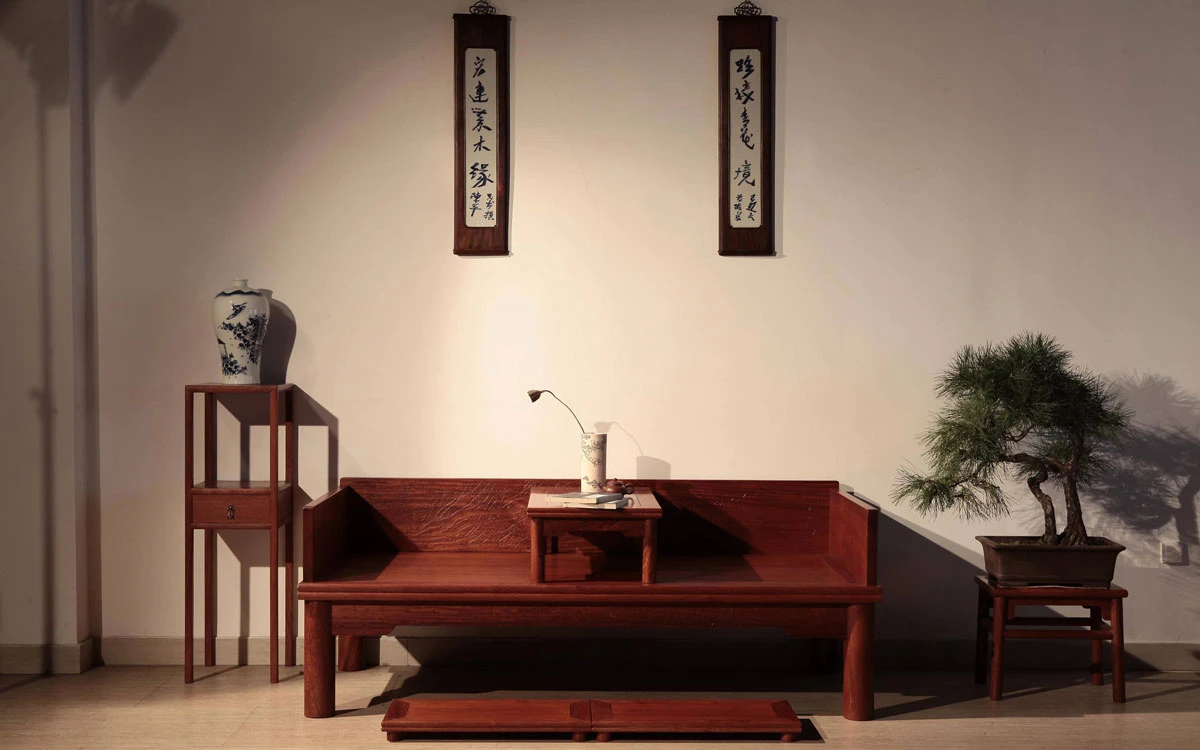
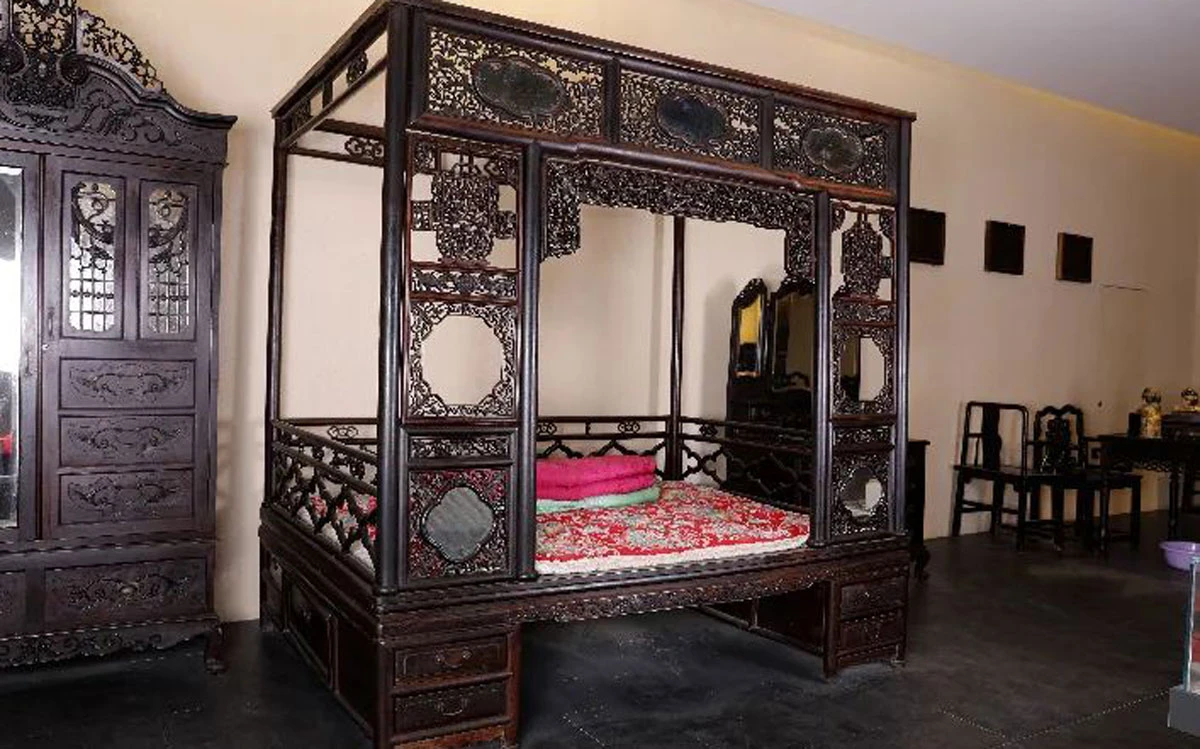
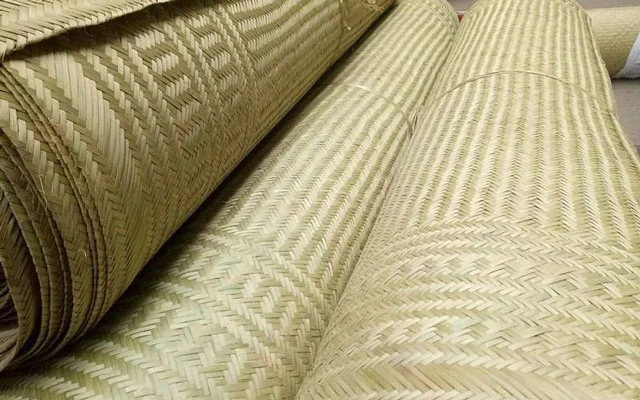
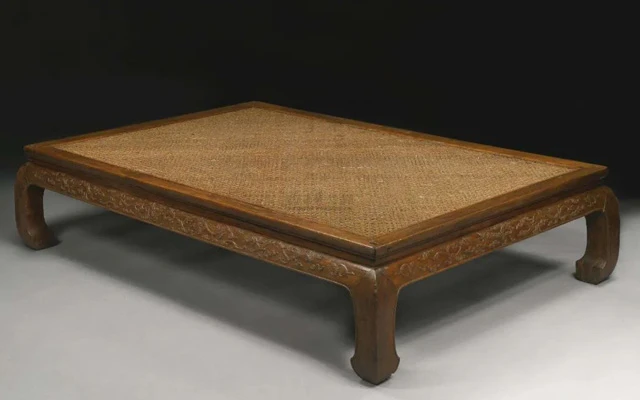
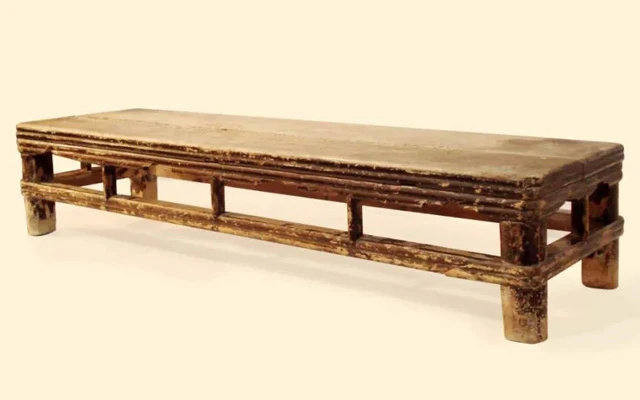
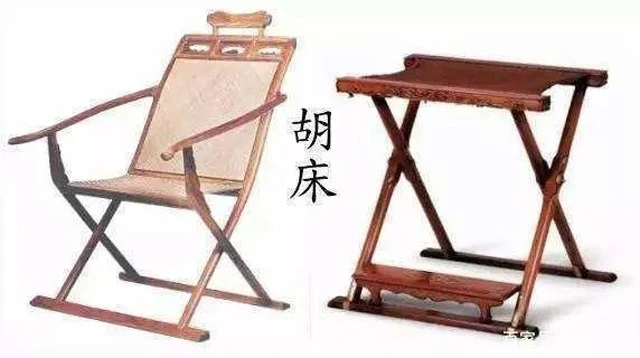
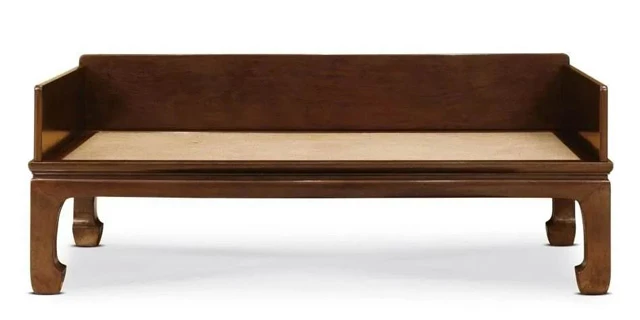
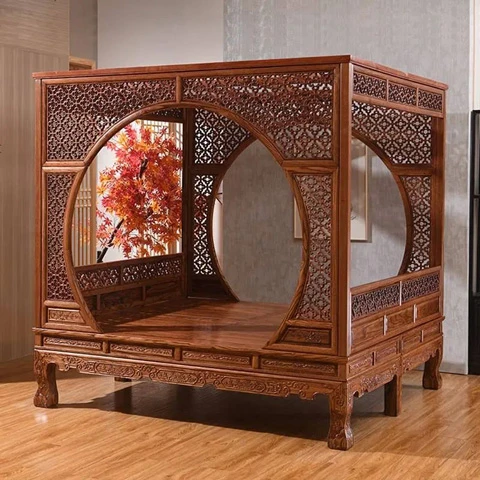


Aku ingin punya tempat tidur seperti itu,,,
Yang slalu aku perhatikan didrama kuno yang aku lihat, yaitu tempat tidur yang unik
I love shelf beds. They are superb craftsmanship too. I remeber reading a web novel wher someone learns to make a shelf bed in a few days, I was like: "sure, that's seems plausible!"^^
They are all super expensive today😂